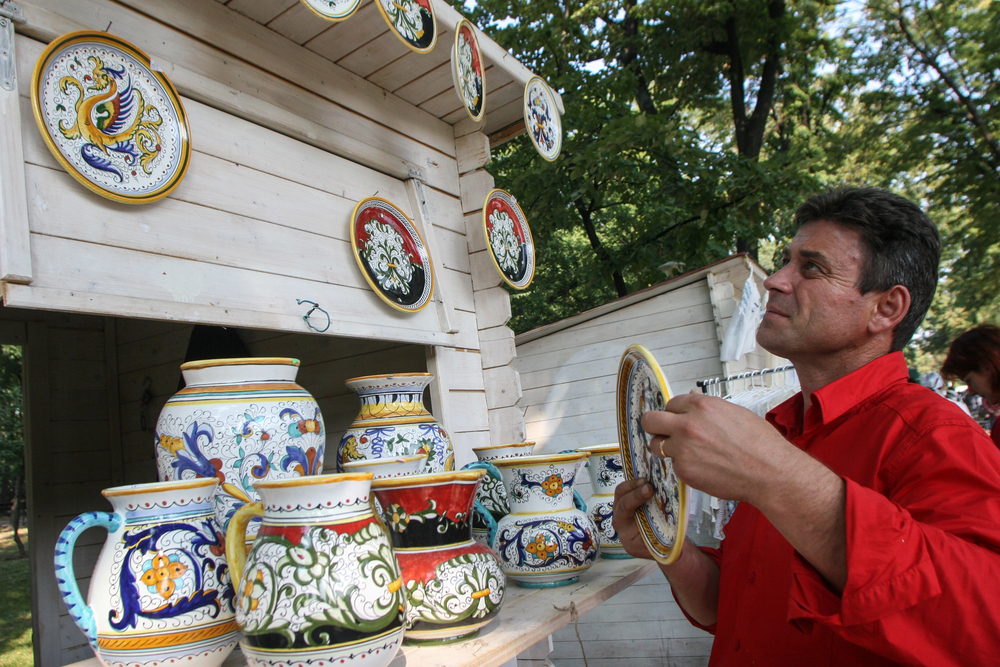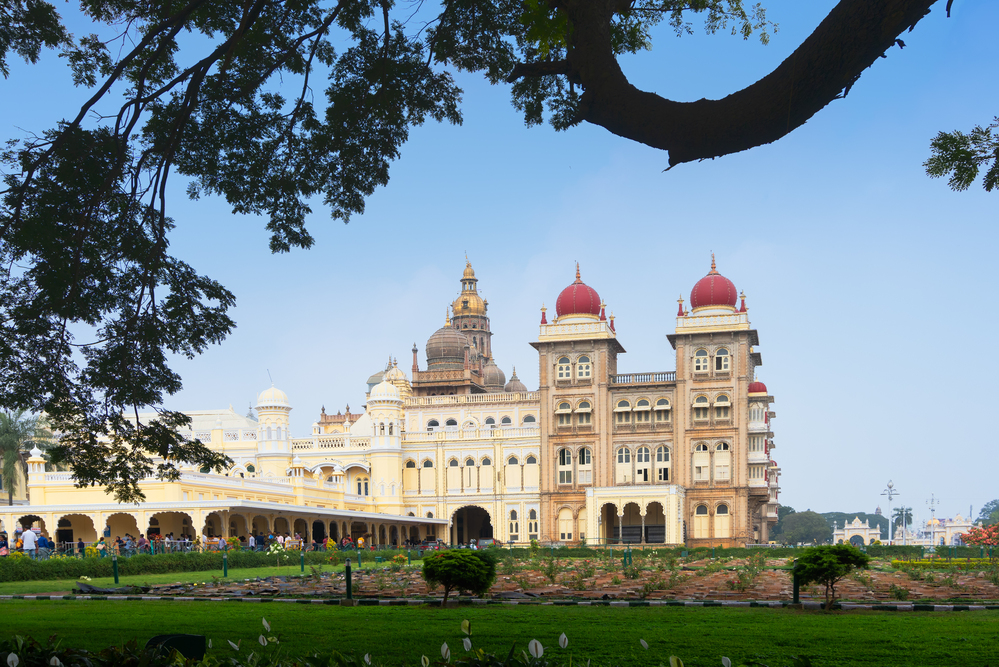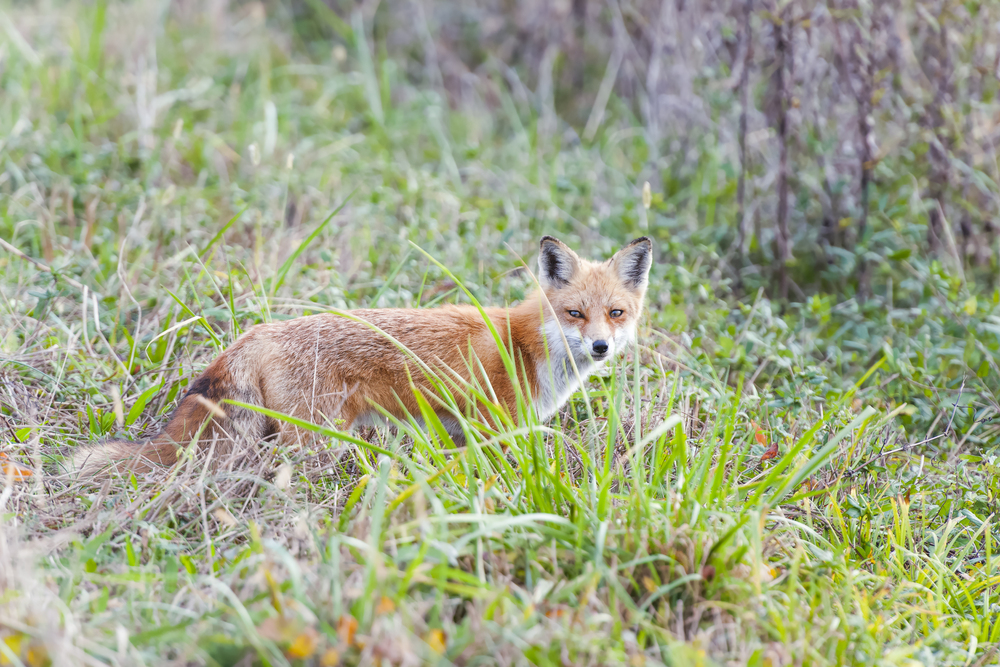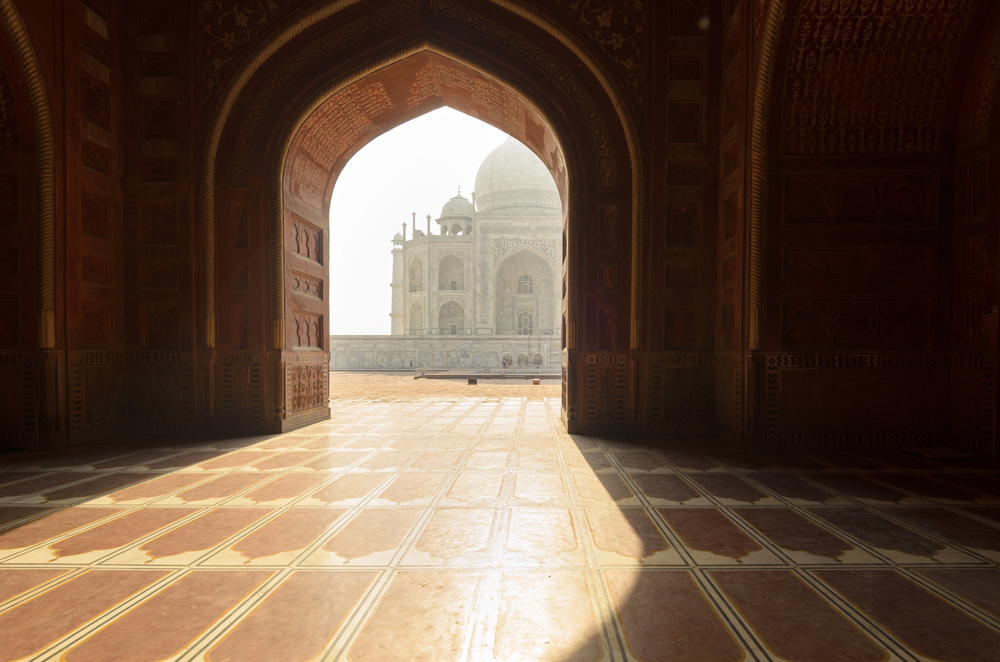The Taj Mahal stands as one of humanity’s most recognized architectural marvels, drawing millions of visitors annually to capture its iconic silhouette. Yet beyond the perfect photo opportunity lies a rich tapestry of experiences that many travelers overlook in their rush to document this UNESCO World Heritage site.
The monument and its surroundings offer countless ways to connect more deeply with India’s history, culture, and people. Here’s a list of 20 memorable activities around the Taj Mahal that go beyond simply taking pictures.
Watch the Sunrise from Mehtab Bagh

Experience the Taj from across the Yamuna River in these serene gardens originally built as a moonlight viewing spot for the mausoleum. The morning light gradually illuminates the white marble monument while birdsong fills the air around you.
This peaceful alternative to the main entrance offers equally stunning views without the crowds, creating a more contemplative experience of the monument’s changing hues as dawn breaks.
Listen to Local Guides’ Untold Stories

Hire a certified local guide whose family has shared Taj legends for generations rather than relying solely on generic audio tours. These knowledgeable storytellers reveal lesser-known details about the craftsmen who built the monument, architectural secrets invisible to untrained eyes, and personal anecdotes passed through oral tradition.
Their passionate narratives transform the marble structure from a distant icon to a deeply human achievement.
Like Travel Pug’s content? Follow us on MSN.
Follow the Mughal Garden Layout Design

Notice how the precisely arranged gardens implement charbagh—the four-part Islamic garden design symbolizing paradise on earth. The perfectly symmetrical flowerbeds, cypress trees, and water channels represent specific elements within Islamic cosmology.
Walking these paths as intended, rather than rushing to the central platform, allows you to experience the same progressive revelation of beauty that Shah Jahan designed for visitors centuries ago.
Trace the Calligraphy With Your Eyes

Study the astonishingly precise Quranic verses inlaid in black marble, which grow subtly larger as they climb higher on the building, creating the optical illusion of uniform lettering when viewed from ground level. These inscriptions tell specific stories selected by court theologians to honor Mumtaz Mahal’s devotion.
Their perfect proportional scaling represents mathematical precision that has predated modern design tools for centuries.
Feel the Marble Temperature Change

Place your hands on the marble at different times of day to experience its remarkable thermal properties. The stone feels cool even on scorching summer afternoons yet retains surprising warmth during chilly mornings.
This natural temperature regulation partly explains why the interior chambers maintain comfortable conditions year-round without modern climate control—a testament to the builders’ profound understanding of natural materials.
Like Travel Pug’s content? Follow us on MSN.
Observe Restoration Crafts people at Work

Seek out areas where descendants of original artisans continue traditional restoration techniques passed through family lineages for generations. These master craftspeople mix precisely matched marble putty using ancient recipes and replicate intricate pietra dura inlay work with astonishing precision.
Their painstaking efforts, often involving tools virtually unchanged since the 17th century, form living connections to the monument’s original creation.
Listen to the Acoustic Engineering

Speak softly under the main dome to experience the building’s remarkably engineered acoustics, which amplify whispers while preventing echoes. The carefully calculated dimensions create sound patterns, allowing prayers to resonate perfectly throughout the chamber.
This acoustic perfection demonstrates how the monument was designed not just for visual impact but as a multisensory experience incorporating sound engineering principles still studied by architects today.
Spot Tiny Wildlife Residents

Notice the small green parakeets nesting in the monument’s crevices, the geometric patterns of ants traversing ancient stones, or monkeys observing visitors from nearby trees. These permanent residents add vibrant life to the serene marble setting.
The complex ecosystem surrounding the monument connects modern visitors to the same natural elements experienced by royalty who walked these grounds centuries ago.
Like Travel Pug’s content? Follow us on MSN.
Float Down the Yamuna River at Dusk

Arrange a traditional boat ride along the river behind the Taj Mahal when evening lights begin illuminating the monument from below. The gentle rocking motion and water perspective offer entirely different sensations from land-based viewing.
Boatmen often share generations of river wisdom and personal connections to the monument while guiding these small wooden crafts along the historical waterway once used by the Mughal nobility.
Study the Optical Illusions

Notice how the minarets appear to be perfectly vertical when viewed from the front platform yet actually lean slightly outward – a deliberate design ensuring they would fall away rather than damage the main structure during possible earthquakes.
This sophisticated architectural technique represents just one of many optical corrections incorporated throughout the complex to account for human visual perception and structural safety.
Attend a Classical Music Performance

Experience traditional Hindustani classical music performed near the monument during special events, where ragas composed during the Mughal era fill the air around the very spaces that inspired them. These haunting melodies create profound emotional connections to the monument’s romantic origins as performers often select compositions specifically written to honor love stories similar to Shah Jahan and Mumtaz Mahal’s legendary bond.
Like Travel Pug’s content? Follow us on MSN.
Sketch the Architectural Details

Bring a small sketchbook to record intricate floral inlays, geometric patterns, or architectural elements that particularly move you. The slow observation required for drawing reveals details often missed in quick photographs.
This meditative practice connects you to centuries of artists who have documented the monument through personal interpretation rather than mechanical reproduction, each discovering unique perspectives through patient observation.
Experience the Taj Mahotsav Festival

Visit during February’s annual cultural celebration when the area around the monument transforms with handicraft markets, regional food stalls, and performances showcasing arts from across Uttar Pradesh.
This vibrant festival connects the historical monument to living cultural traditions and allows interaction with artisans practicing crafts similar to those that adorned the original structure, from marble inlay work to miniature painting.
Observe Prayer Rituals at Nearby Mosque

Witness Friday prayers at the red sandstone mosque standing beside the Taj Mahal—an active place of worship rather than just a tourist site. This working mosque continues fulfilling its original purpose as a spiritual center, creating a direct connection to the monument’s religious significance beyond its romantic symbolism.
The call to prayer echoing across the complex reminds visitors of the site’s continued spiritual importance.
Like Travel Pug’s content? Follow us on MSN.
Engage With Local Families in the Gardens

Strike up conversations with Indian families picnicking in the gardens. These families often visit the monument repeatedly throughout their lives to mark significant occasions. Many gladly share personal stories of what the Taj Mahal means within contemporary Indian identity.
These interactions reveal how the monument remains a living symbol rather than merely a historical artifact, continuing to inspire national pride across generations.
Learn Basic Pietra Dura Techniques

Participate in a workshop from artisans in Agra’s marble districts who practice the same stone inlay techniques used throughout the Taj Mahal. Try your hand at creating simple floral designs using traditional tools to appreciate the extraordinary skill represented in the monument’s decoration.
The profound difficulty of even basic patterns heightens appreciation for the monument’s estimated 28 types of precious and semi-precious inlaid stones.
Taste Mughal-Influenced Cuisine

Sample authentic dishes from the imperial Mughal kitchen tradition at family-run establishments near the monument rather than tourist restaurants. Rich, aromatic rice dishes, slow-cooked meats, and delicate bread connect visitors to flavor profiles enjoyed by the very court that commissioned the Taj Mahal.
These culinary traditions represent another form of cultural heritage preserved through generations of family recipes.
Like Travel Pug’s content? Follow us on MSN.
Visit at Different Times Throughout the Day

Experience how dramatically changing light transforms the monument’s appearance – from pink-tinged dawn marble to brilliant white midday glare to golden sunset hues and finally moonlit luminescence. Each lighting condition reveals different aspects of the craftsmanship that are impossible to capture in a single viewing.
This evolution demonstrates why Shah Jahan considered the Taj Mahal not as a static object but as a living interaction between architecture and natural elements.
Read Poetry Written About the Monument

Bring translations of works by Rabindranath Tagore, Sahir Ludhianvi, or other poets who captured the Taj Mahal’s emotional impact through literature rather than imagery. Reading these words while gazing at the monument creates a dialogue between visual experience and literary interpretation.
These poetic perspectives offer emotional frameworks that help visitors process the monument’s beauty beyond mere visual appreciation.
Connect With Preservation Efforts

Learn about ongoing conservation challenges from site staff working to protect the monument from environmental threats, including air pollution, changing water tables, and mass tourism impacts. Understanding these preservation efforts transforms passive sightseeing into a deeper appreciation for what maintaining such heritage requires.
The complex balance between accessibility and preservation represents one of the most significant challenges facing world heritage sites globally.
Like Travel Pug’s content? Follow us on MSN.
Beyond the Selfie: Deeper Connections

The Taj Mahal offers far more than perfect backdrops for social media. By engaging multiple senses, interacting with local communities, and spending time understanding the monument’s broader cultural context, visitors discover an experience infinitely richer than photographs alone can provide.
This white marble masterpiece reveals its deepest beauty not through camera lenses but through unhurried exploration, cultural engagement, and openness to experience the living heritage that continues to surround this architectural wonder centuries after its creation.
More from Travel Pug

- Cities Growing so Fast You Won’t Recognize Them in 10 Years
- 13 Destinations Where Tourists Regularly Regret Their Trip
- 20 Obscure WWII Sites Even History Buffs Don’t Know About
- 10 Under-the-Radar Mountain Towns That Are Both Affordable and Beautiful
- Remote Villages in Europe Where You Can Live for Free in Exchange for Work
Like Travel Pug’s content? Follow us on MSN.
